

Articles
How To Remove Scuff Marks From Floor
Modified: May 6, 2024
Learn effective techniques to remove scuff marks from the floor with our informative articles. Reclaim the shine of your floors effortlessly.
(Many of the links in this article redirect to a specific reviewed product. Your purchase of these products through affiliate links helps to generate commission for Storables.com, at no extra cost. Learn more)
Introduction
Welcome to this guide on how to remove scuff marks from floors. Scuff marks can be a frustrating and unsightly problem, whether they occur on hardwood, tile, laminate, or vinyl flooring. Fortunately, there are several effective methods for removing scuff marks that are easy to implement with common household supplies.
Before diving into the specific methods, it’s important to understand what causes scuff marks. Scuff marks are typically the result of shoes or other objects rubbing against the floor surface, leaving behind marks or residue. Though they may seem difficult to remove, with the right techniques and products, you can restore your floors to their original pristine condition.
In this article, we will explore a variety of methods to tackle scuff marks, ranging from simple DIY solutions to using commercial products specifically designed for scuff mark removal. By following these methods, you can say goodbye to those pesky scuff marks and enjoy clean and beautiful floors once again.
It’s important to note that while these methods are generally safe for most types of flooring, it’s always a good idea to test them in a small and inconspicuous area first to avoid any potential damage or discoloration.
So, let’s dive into the supplies you’ll need and the step-by-step methods you can use to remove scuff marks from your floors.
Key Takeaways:
- Easily remove scuff marks from floors using common household items like baking soda, vinegar, and toothpaste. Test methods in inconspicuous areas to avoid damage.
- Commercial scuff remover products offer efficient solutions for stubborn scuff marks, but always follow instructions and test in a small area first. Prevent future scuffs with regular maintenance.
Read more: How To Remove Scuffs From White Towel Bar
Supplies Needed
Before getting started with the scuff mark removal methods, it’s helpful to gather the necessary supplies. Most of these items can be found in your home, making the process convenient and cost-effective. Here’s a list of the supplies you’ll need:
- Baking soda
- Water
- Eraser (preferably a white eraser)
- Vinegar
- Toothpaste (non-gel)
- WD-40
- Magic Eraser
- Lemon juice
- Clean cloth or sponge
- Bucket
- Commercial scuff remover product (optional)
Having these supplies on hand will ensure that you are well-equipped to tackle scuff marks on various types of flooring. Now, let’s move on to the step-by-step methods for removing scuff marks.
Method 1: Baking Soda and Water Paste
Baking soda is a versatile household ingredient that can be used for various cleaning purposes, including removing scuff marks from floors. It is gentle enough not to damage most types of flooring, while still effective in removing stubborn marks. Here’s how to create and use a baking soda and water paste to remove scuff marks:
- In a small bowl, mix equal parts baking soda and water to form a thick paste.
- Apply the paste directly onto the scuff mark using a clean cloth or sponge. Be sure to cover the entire mark with the paste.
- Gently rub the paste into the scuff mark using circular motions. Apply moderate pressure as needed, but be cautious not to scrub too hard to avoid damaging the floor’s finish.
- Continue rubbing the paste onto the scuff mark until you start to see it lifting away.
- Once the scuff mark has been removed, wipe away any residue with a damp cloth or sponge.
- Dry the area thoroughly with a clean towel.
It’s worth noting that baking soda is slightly abrasive, which helps in removing scuff marks. However, this method may not be suitable for all types of flooring, especially those with delicate surfaces. It’s always a good idea to test the baking soda paste in a small and inconspicuous area first to ensure it doesn’t cause any damage or discoloration.
If the baking soda and water paste doesn’t completely remove the scuff mark, you can try repeating the process or move on to another method. Let’s explore another effective method for removing scuff marks – using an eraser.
Method 2: Eraser
If you’re looking for a quick and easy solution to remove scuff marks from your floors, using an eraser can be highly effective. This method works well on various types of flooring, including hardwood, laminate, and vinyl. Here’s how to use an eraser to remove scuff marks:
- Choose a white eraser, as colored erasers may contain dyes that could transfer onto the floor.
- Gently rub the eraser back and forth directly on the scuff mark. Apply moderate pressure, but be careful not to rub too hard, especially on sensitive surfaces.
- You may need to rotate or change to a clean area of the eraser as the scuff mark transfers onto it.
- Continue rubbing the eraser on the scuff mark until it is completely removed.
- Once the scuff mark is gone, use a clean cloth or sponge to wipe away any residue.
- Finally, thoroughly dry the area to prevent any moisture from damaging the floor.
The simplicity and effectiveness of using an eraser make it a popular choice for tackling scuff marks. It’s important to note that this method is generally safe for most types of flooring. However, it’s still a good idea to test the eraser on a small and inconspicuous area to ensure it doesn’t cause any damage or unwanted marks.
If the eraser method doesn’t completely remove the scuff mark, don’t worry! There are other effective methods you can try. Let’s explore the use of vinegar and water as a solution in our next method.
Method 3: Vinegar and Water Solution
Vinegar is a household staple known for its cleaning properties, and it can also be used to remove scuff marks from floors. When combined with water, vinegar becomes an effective solution that is safe to use on most types of flooring, including hardwood, tile, and laminate. Here’s how to create and use a vinegar and water solution to remove scuff marks:
- Mix equal parts white vinegar and water in a bucket or spray bottle. For stronger scuff marks, you can increase the vinegar concentration slightly.
- Dampen a clean cloth or sponge in the vinegar and water solution.
- Gently rub the damp cloth or sponge directly on the scuff mark, applying light pressure in circular motions.
- Continue rubbing until the scuff mark starts to fade or is completely removed.
- Once the scuff mark is gone, rinse the area with clean water to remove any vinegar residue.
- Dry the floor thoroughly with a clean towel or cloth.
Vinegar is known for its acidic properties, which help break down and dissolve scuff marks. However, it’s essential to use white vinegar, as other types of vinegar, such as apple cider vinegar or red wine vinegar, may contain dyes or sugars that could potentially damage or stain the floor. As always, it’s wise to test the vinegar and water solution on a small and inconspicuous area of your floor before applying it to the scuff mark.
If the vinegar and water solution doesn’t completely remove the scuff mark, don’t worry! There are more methods to try. Let’s move on to the use of toothpaste in our next method.
Read more: How To Remove Sharpie Marks From A Blanket
Method 4: Toothpaste
Believe it or not, toothpaste can be a surprisingly effective tool for removing scuff marks from floors. The mild abrasive properties of toothpaste, along with its cleaning agents, make it a suitable option for various types of flooring. Here’s how to use toothpaste to remove scuff marks:
- Start by applying a small amount of non-gel toothpaste directly onto the scuff mark.
- Using a clean cloth or sponge, gently rub the toothpaste into the scuff mark using circular motions.
- Apply moderate pressure, but be careful not to scrub too hard, as it can potentially damage the floor’s surface.
- Continue rubbing the toothpaste onto the scuff mark until you notice it starting to fade or disappear.
- Once the scuff mark is gone, wipe away any remaining toothpaste residue with a damp cloth or sponge.
- Finally, dry the area thoroughly with a clean towel or cloth.
It’s important to note that toothpaste is typically safe to use on most types of flooring, but it’s always a good idea to test it in a small and inconspicuous area first. Additionally, make sure to use non-gel toothpaste, as gel toothpaste may not be as effective in removing scuff marks.
If the toothpaste method doesn’t fully eliminate the scuff mark, don’t get discouraged. There are still more methods to explore. Let’s move on to our next method using WD-40.
Use a mixture of baking soda and water to create a paste, then gently scrub the scuff marks with a soft cloth or sponge. Rinse with clean water and dry the area thoroughly.
Method 5: WD-40
WD-40 is a versatile product known for its lubricating properties, but did you know it can also help remove scuff marks from floors? WD-40 contains solvents that can dissolve and loosen stubborn marks, making it an effective solution for scuffs on various types of flooring. Here’s how you can use WD-40 to remove scuff marks:
- Start by spraying a small amount of WD-40 directly onto the scuff mark. Be sure to cover the entire affected area.
- Allow the WD-40 to sit on the scuff mark for a few minutes. This will help break down the mark and make it easier to remove.
- Using a clean cloth or sponge, gently rub the scuff mark in circular motions. Apply light pressure to help lift the mark from the floor.
- Continue rubbing until the scuff mark is no longer visible or significantly reduced.
- Once the mark is gone, wipe away any excess WD-40 with a damp cloth or sponge.
- Finally, dry the area thoroughly with a clean towel or cloth.
WD-40 is generally safe to use on most types of flooring, including tile, vinyl, and laminate. However, it’s a good idea to test it in a small and inconspicuous area first to ensure that it doesn’t cause any damage or discoloration. Additionally, as WD-40 has a distinct smell, make sure to ventilate the area while using it.
If the scuff mark is proving to be stubborn or the WD-40 method doesn’t completely remove it, don’t worry. There are still more methods to explore. Let’s move on to our next method using a Magic Eraser.
Method 6: Magic Eraser
A Magic Eraser is a handy cleaning tool that can work wonders in removing scuff marks from floors. It is designed to tackle tough stains and marks with minimal effort. Here’s how you can use a Magic Eraser to remove scuff marks:
- Dampen the Magic Eraser with water, squeezing out any excess moisture.
- Gently rub the Magic Eraser directly on the scuff mark, using light pressure in circular motions.
- Continue rubbing the Magic Eraser until the scuff mark starts to fade or disappear.
- Once the scuff mark is gone, use a clean cloth or sponge to wipe away any residue left behind.
- Finally, dry the area thoroughly with a clean towel or cloth.
Magic Erasers are effective on a wide range of flooring types, including tile, laminate, vinyl, and hardwood. They work by using microscopic abrasive particles to gently lift away scuff marks and stains. However, it’s important to note that Magic Erasers can be slightly abrasive, so be cautious when using them on delicate or glossy surfaces. It’s always a good idea to test the Magic Eraser on a small and inconspicuous area first to ensure it doesn’t cause any damage.
If the scuff mark is particularly stubborn and the Magic Eraser method doesn’t fully remove it, there are still more methods to try. Let’s explore the use of lemon juice in our next method.
Method 7: Lemon Juice
Lemon juice is not only refreshing and citrusy, but it can also be an effective natural solution for removing scuff marks from floors. The acidic properties of lemon juice help break down and lift unsightly marks, leaving your floors looking clean and polished. Here’s how you can use lemon juice to remove scuff marks:
- Squeeze fresh lemon juice into a small bowl or container. Alternatively, you can use bottled lemon juice.
- Dip a clean cloth or sponge into the lemon juice, ensuring it is saturated.
- Gently rub the lemon juice-soaked cloth or sponge directly onto the scuff mark, using circular motions.
- Apply light pressure as you continue to rub, allowing the acidic properties of the lemon juice to work on lifting the mark.
- Continue rubbing until the scuff mark begins to fade or is completely gone.
- Once the mark has been removed, use a clean damp cloth or sponge to wipe away any lemon juice residue.
- Finally, dry the area thoroughly with a clean towel or cloth.
It’s worth noting that lemon juice is generally safe to use on most types of flooring. However, the acidic nature of lemon juice can cause damage or discoloration to sensitive surfaces, such as natural stone or marble. It’s always best to test the lemon juice on a small and inconspicuous area before applying it to the scuff mark.
If the scuff mark persists or the lemon juice method doesn’t fully remove it, don’t worry. There is still one more method to explore. Let’s take a look at using commercial scuff remover products in our next method.
Method 8: Commercial Scuff Remover Products
If the scuff marks on your floors are particularly stubborn or if you prefer using specialized products, commercial scuff remover products can be an effective solution. These products are specifically formulated to target and remove scuff marks, offering convenience and efficiency. Here’s how you can use commercial scuff remover products:
- Read and follow the instructions provided on the commercial scuff remover product you’ve chosen. Different products may have specific application methods.
- Apply the scuff remover product directly onto the scuff mark, following the recommended quantity or application method.
- Allow the product to sit on the scuff mark for the specified amount of time, as indicated in the instructions.
- Using a clean cloth or sponge, gently rub the affected area, focusing on the scuff mark.
- Follow any additional instructions provided by the product, such as rinsing or wiping away residue.
- Thoroughly dry the area with a clean towel or cloth.
Commercial scuff remover products are designed to target scuff marks effectively and efficiently, saving you time and effort. They are available in various forms, including sprays, gels, or creams, and can be found in most hardware stores or online. When using commercial scuff remover products, it’s important to carefully follow the instructions and test the product on a small and inconspicuous area first to ensure compatibility with your flooring type.
Remember, commercial scuff remover products may contain chemical ingredients, so be sure to handle them with care and keep them out of reach of children or pets.
After trying these methods, you should be able to remove scuff marks from your floors and restore their original appearance. However, it’s always a good idea to practice regular maintenance and prevent scuff marks from occurring in the future by using doormats, furniture pads, and being cautious with footwear choice to protect your floors.
By following these methods, you can say goodbye to unsightly scuff marks and enjoy clean, beautiful, and scuff-free floors once again.
Conclusion
Removing scuff marks from floors can feel like a daunting task, but with the right methods and supplies, it can be easily accomplished. Whether you choose to go the DIY route with household ingredients or opt for commercial scuff remover products, there is a solution for every floor type.
In this guide, we explored various methods to remove scuff marks from floors, such as using baking soda and water paste, erasers, vinegar and water solutions, toothpaste, WD-40, magic erasers, lemon juice, and commercial scuff remover products. Each method offers its own unique benefits and effectiveness, so you can choose the one that suits your preferences and the type of flooring you have.
It’s essential to keep in mind that testing any method or product in a small and inconspicuous area is crucial to ensure it doesn’t cause any damage or discoloration to your floors. Additionally, remember to follow the instructions provided by the product manufacturers or the guidelines mentioned in this guide.
By following these methods and practicing regular floor maintenance, such as using doormats and protective pads on furniture, you can prevent scuff marks from appearing and keep your floors looking clean and pristine.
Now armed with the knowledge and techniques to remove scuff marks, you can confidently tackle any scuff mark situation that arises and enjoy beautiful, scuff-free floors in your home.
Now that your floors sparkle without a scuff in sight, why stop there? Extend that fresh, clean vibe to other parts of your home, starting with one of the most used yet often neglected spaces: your refrigerator. Dive into our guide full of cleaning tips that'll make your fridge gleam inside out, ensuring every corner of your home reflects your care and effort.
Frequently Asked Questions about How To Remove Scuff Marks From Floor
Was this page helpful?
At Storables.com, we guarantee accurate and reliable information. Our content, validated by Expert Board Contributors, is crafted following stringent Editorial Policies. We're committed to providing you with well-researched, expert-backed insights for all your informational needs.
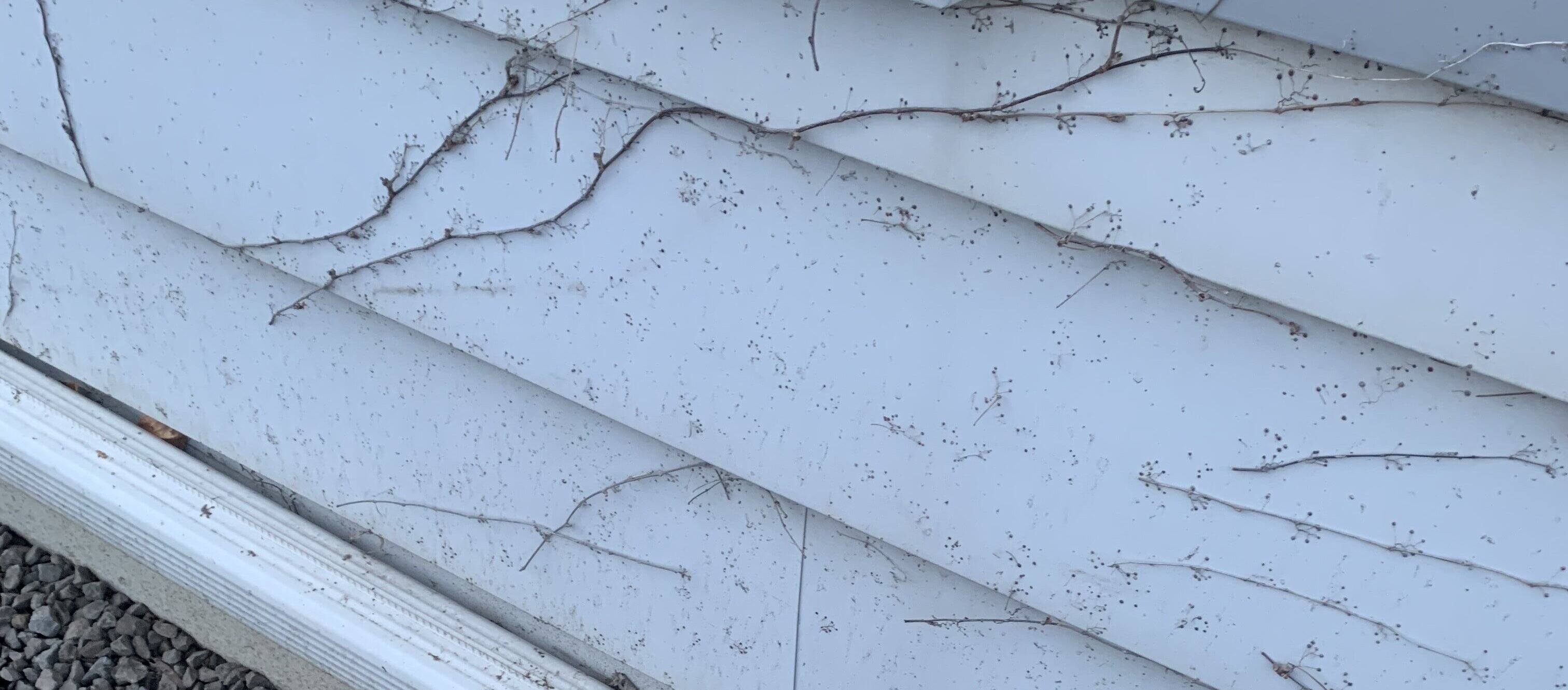
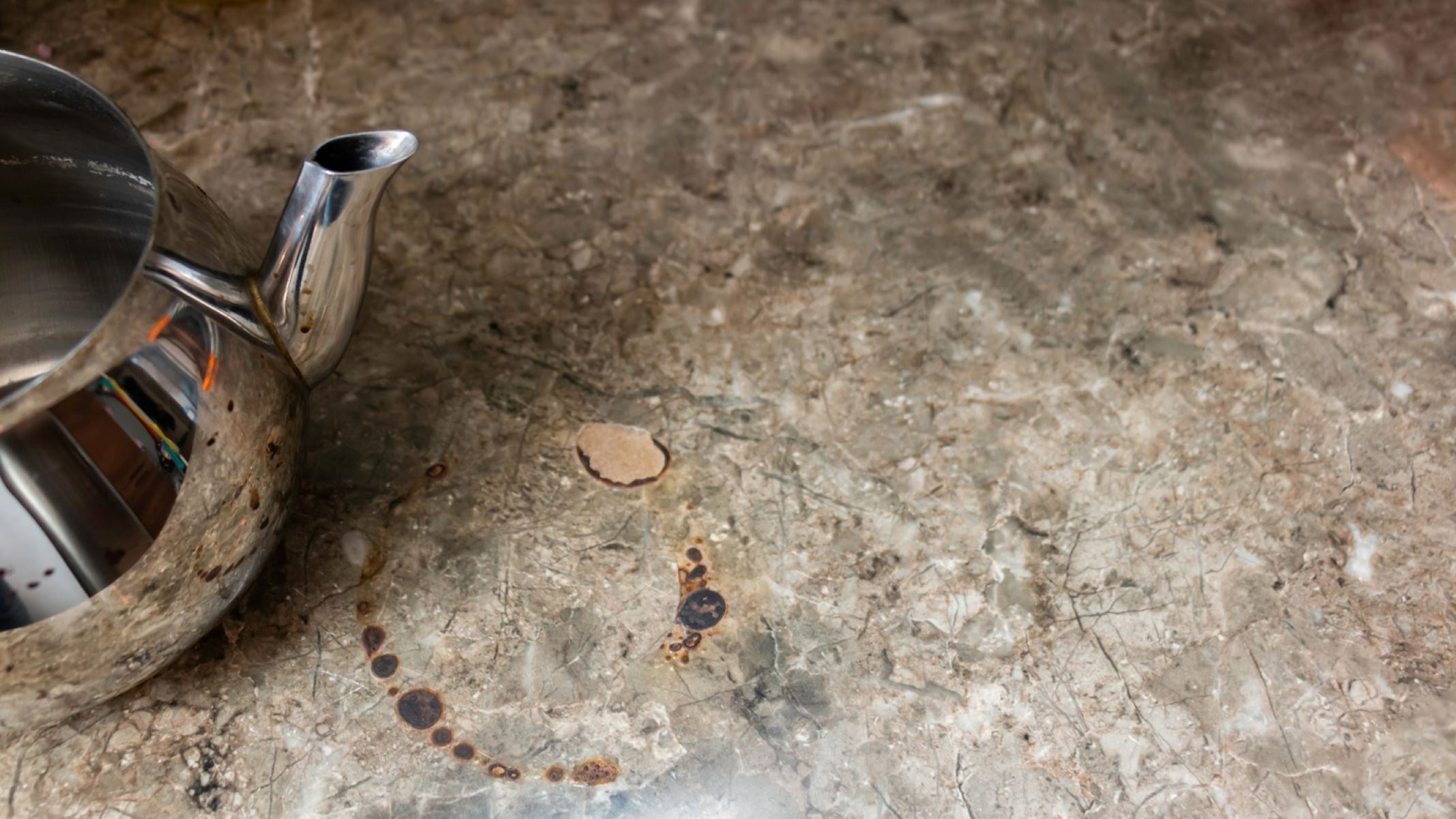
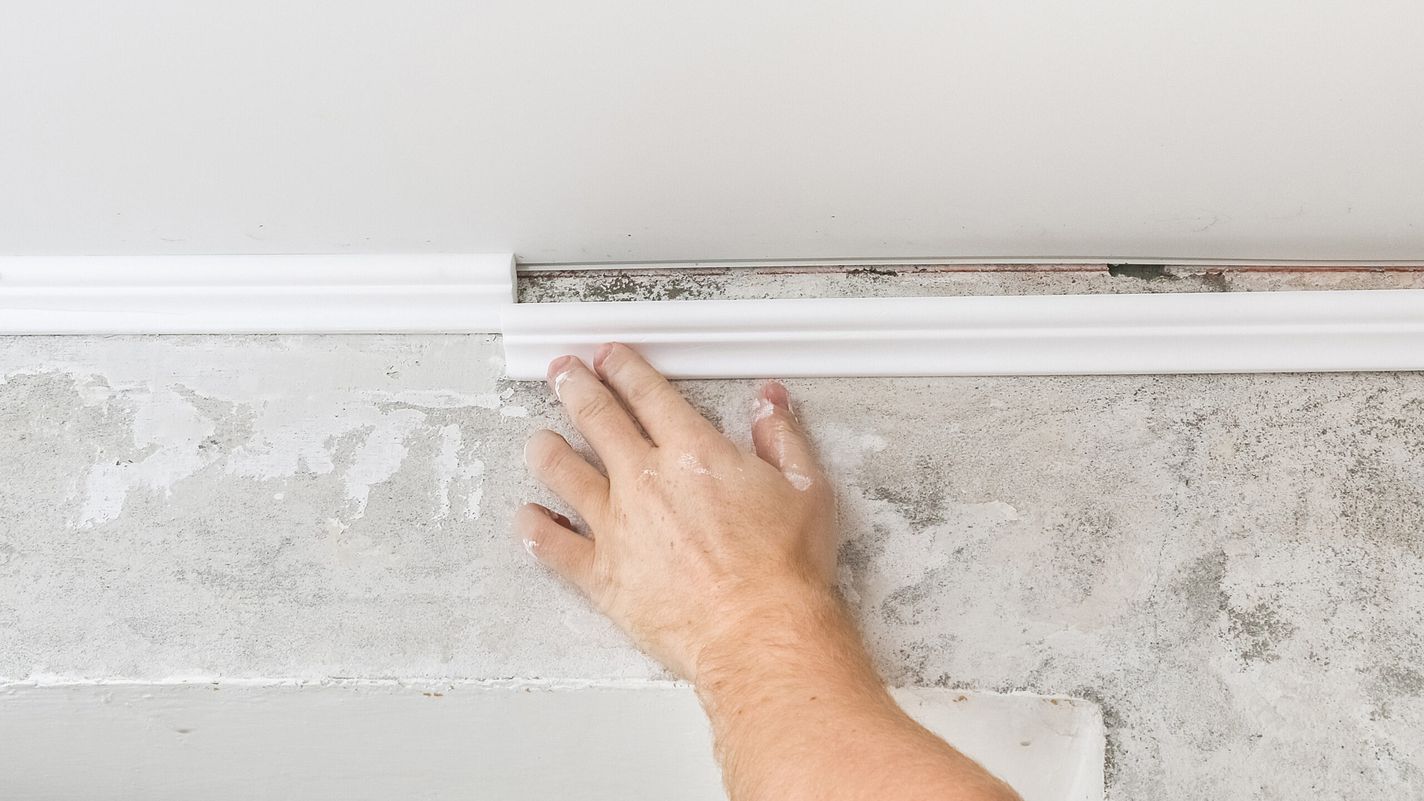
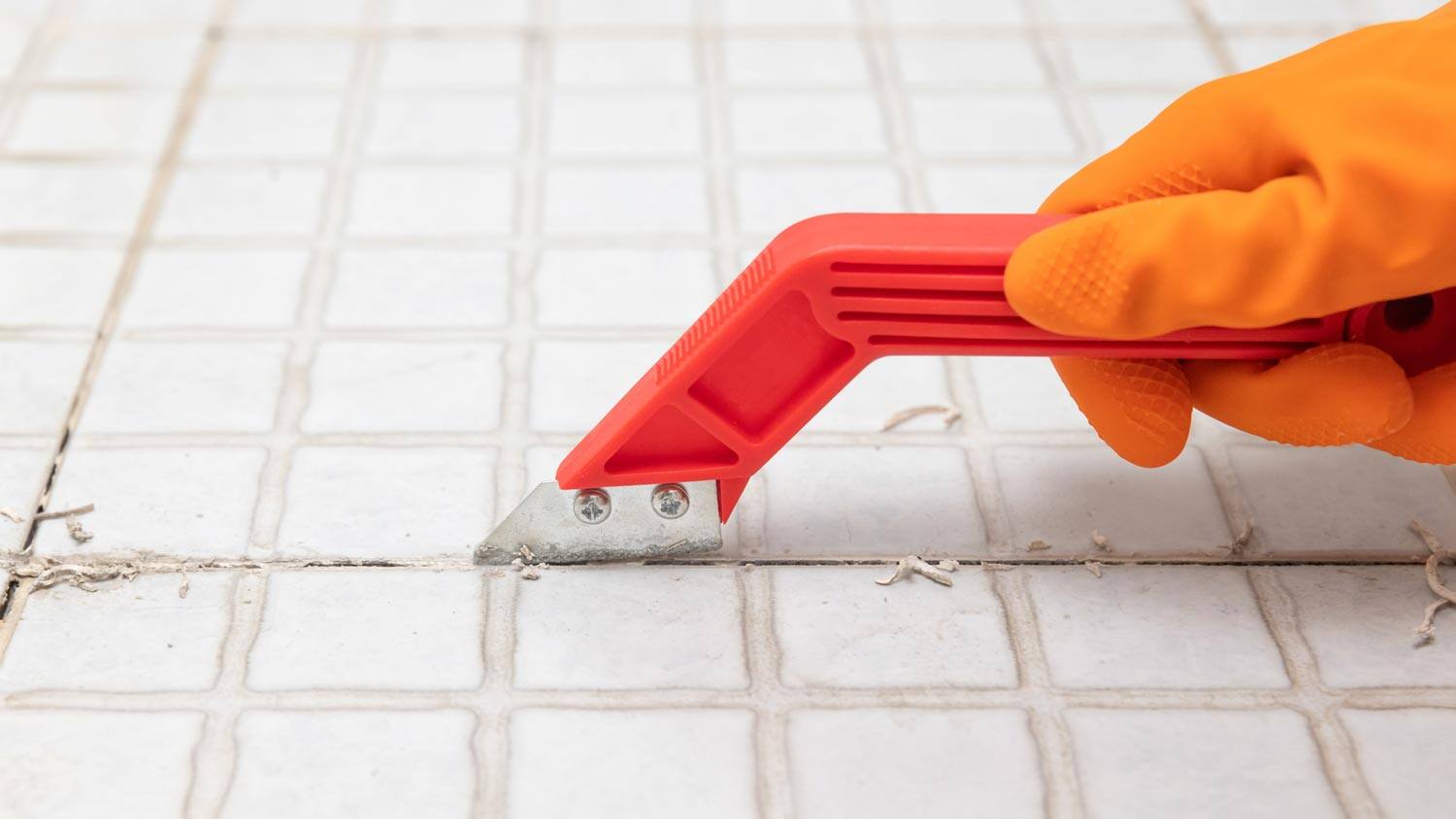

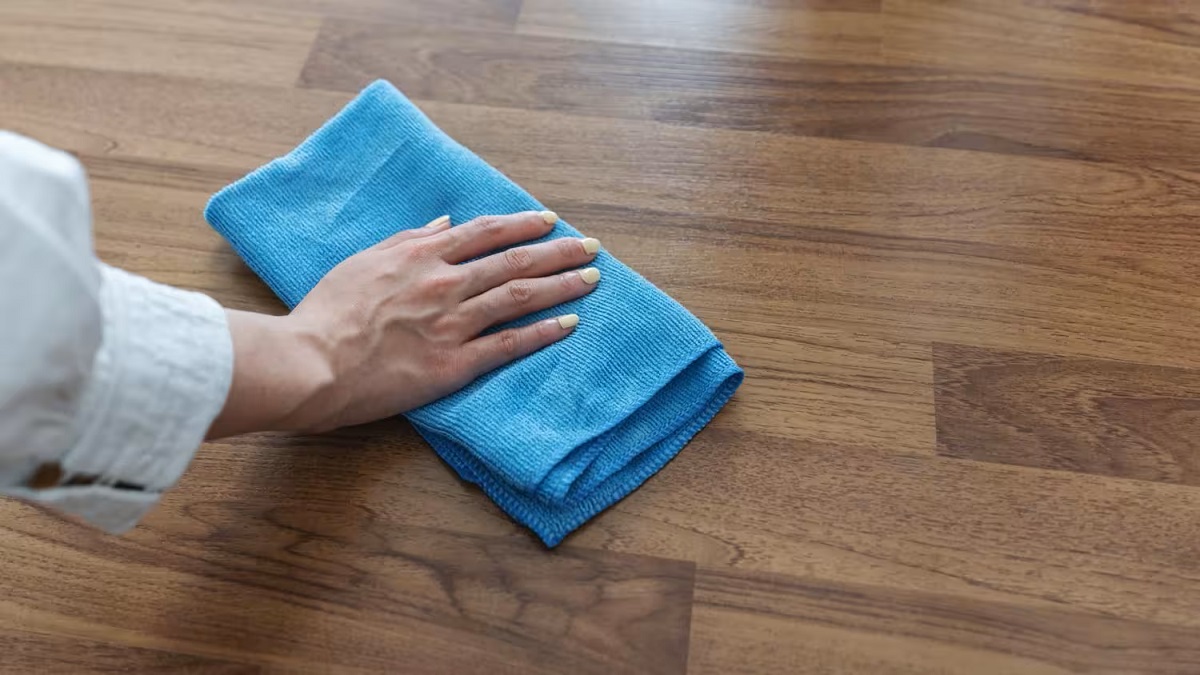
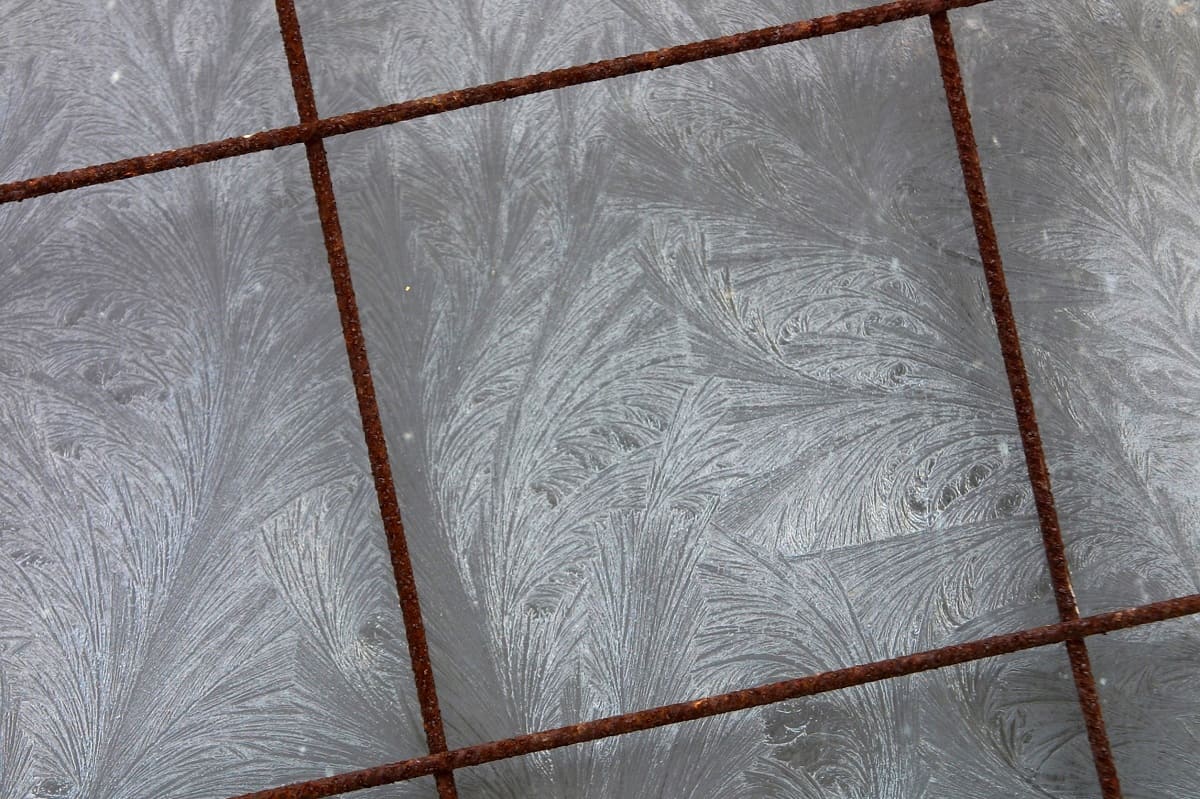
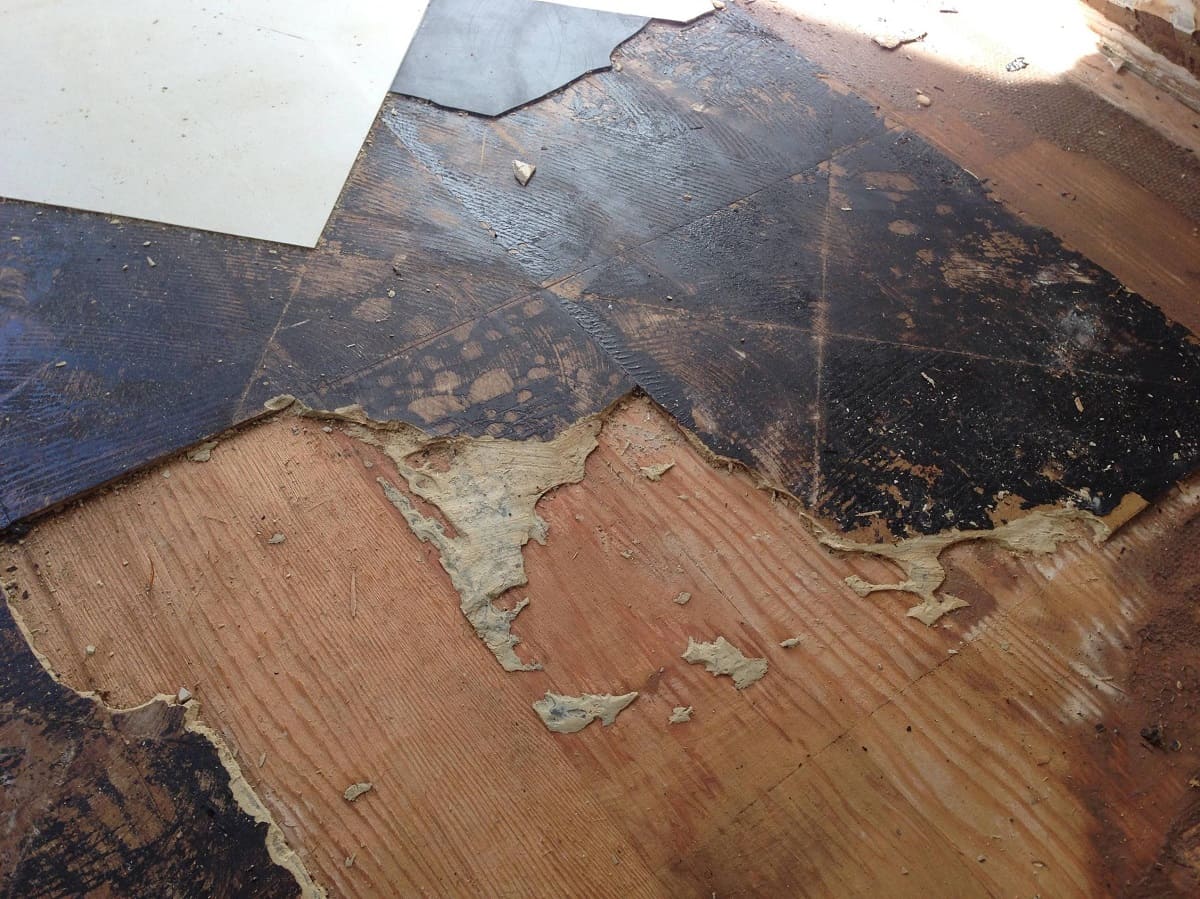
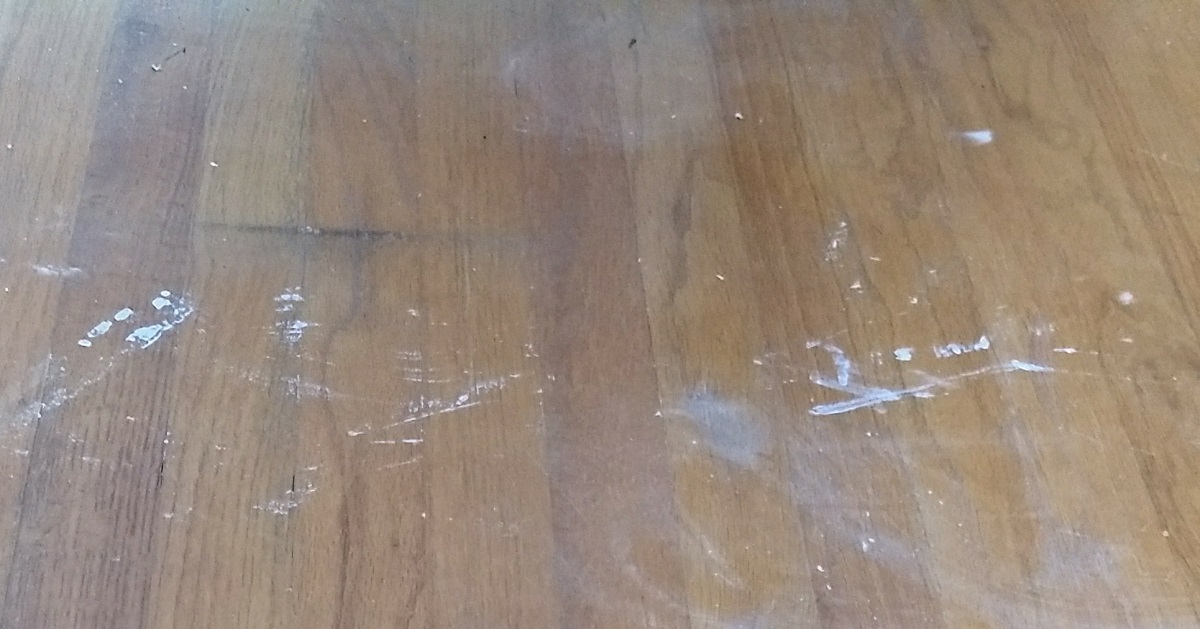
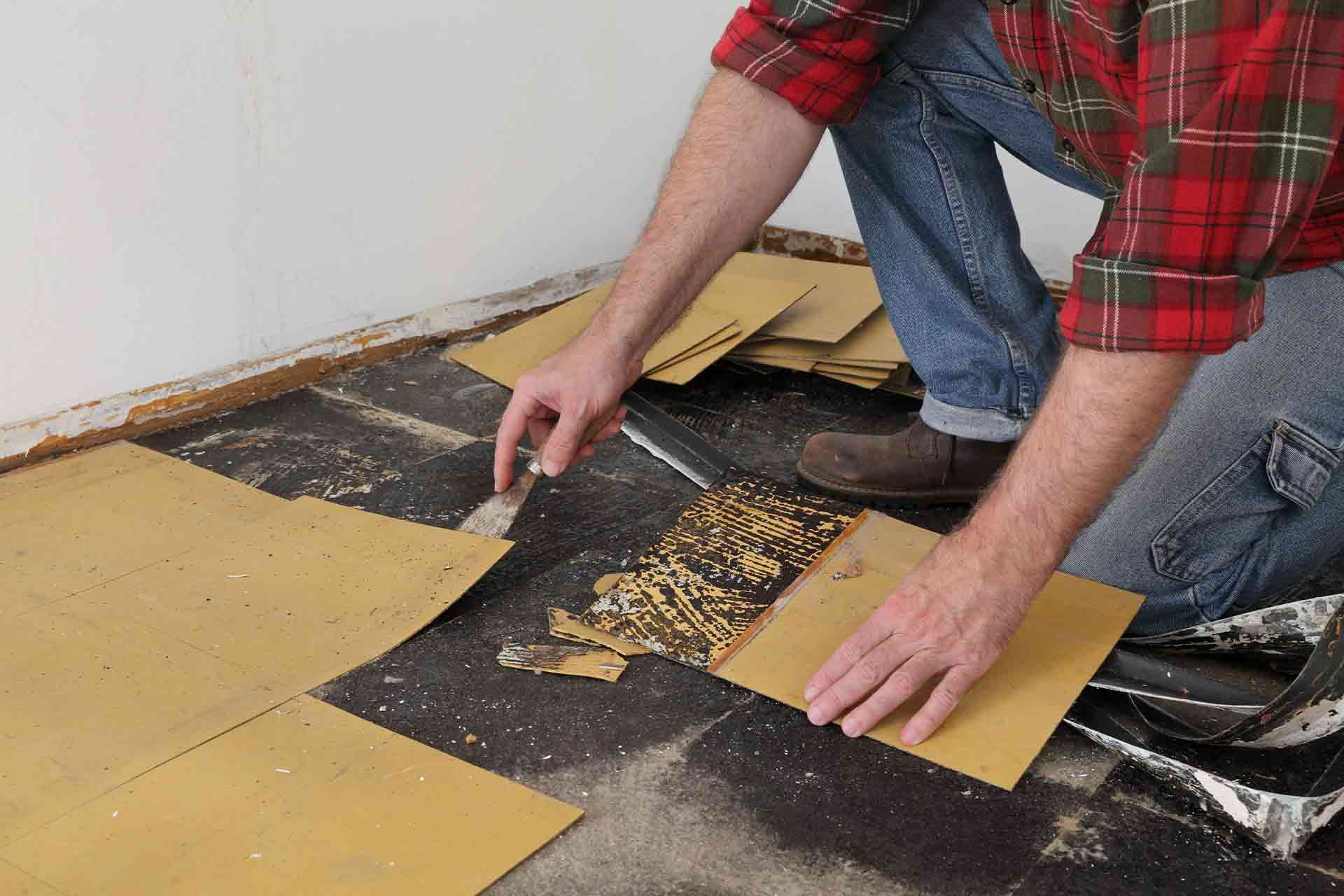
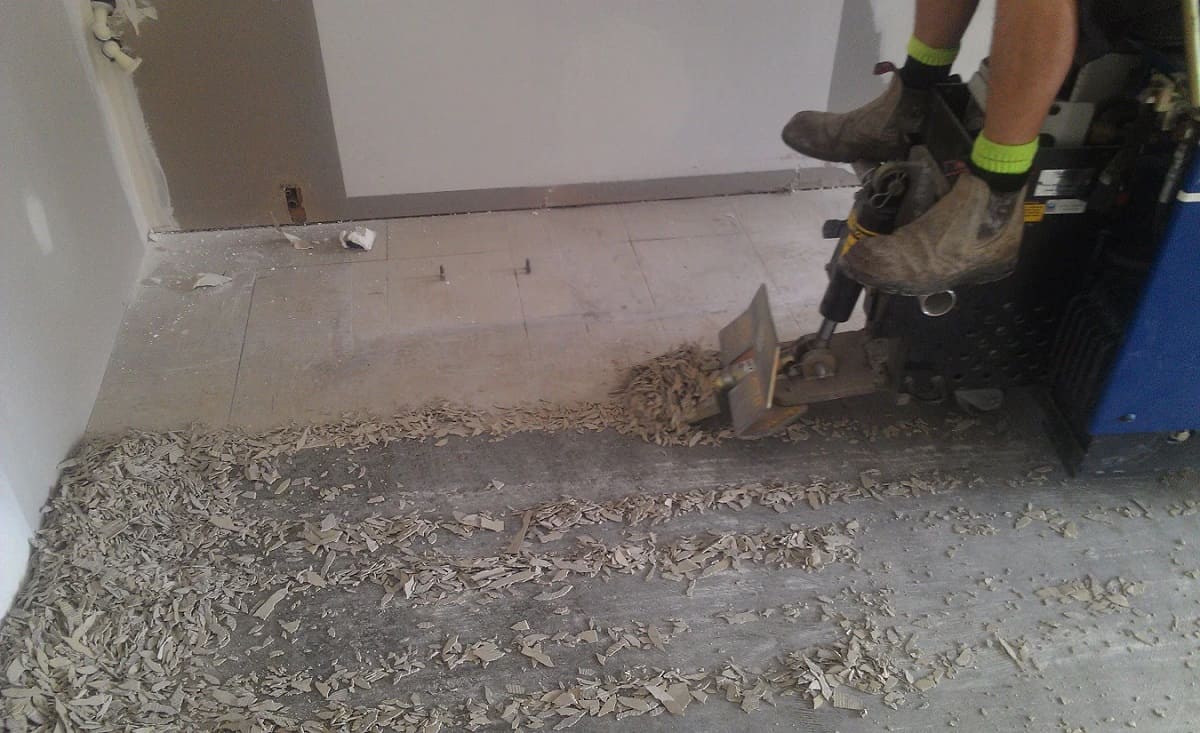
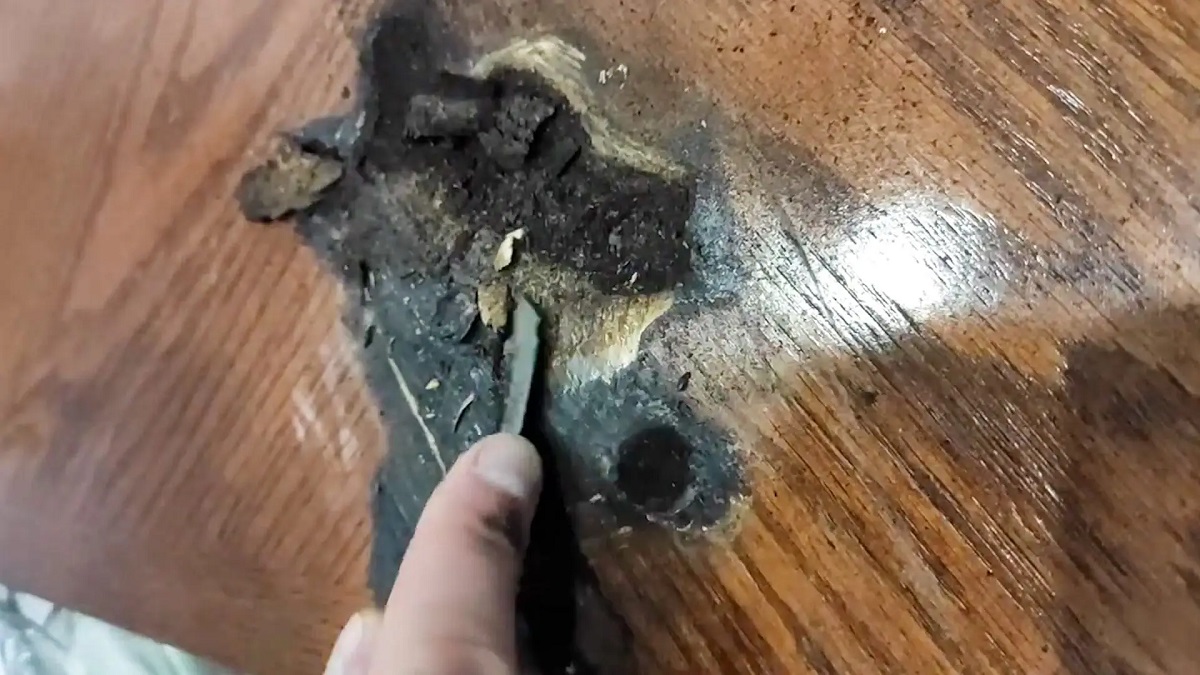
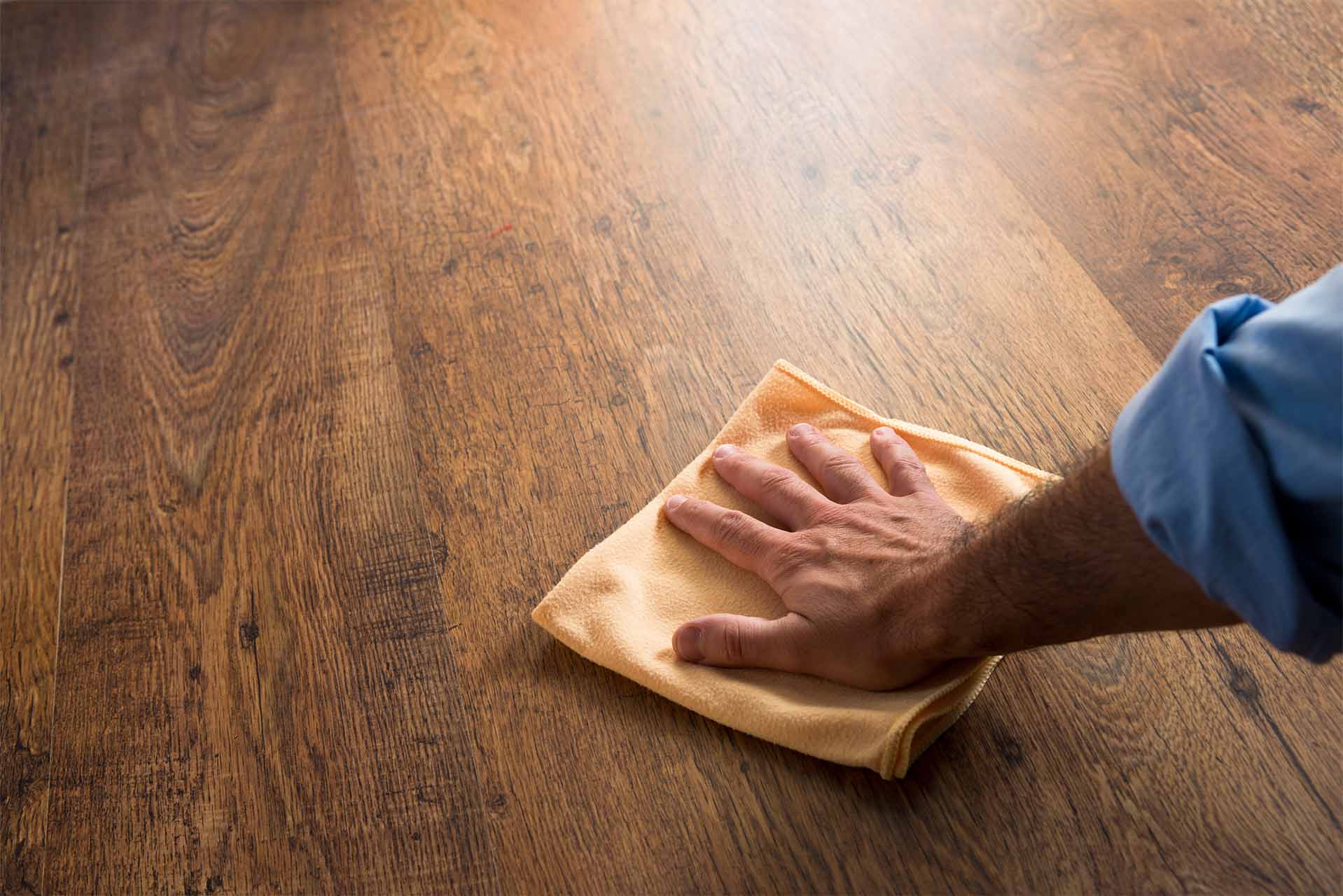

0 thoughts on “How To Remove Scuff Marks From Floor”